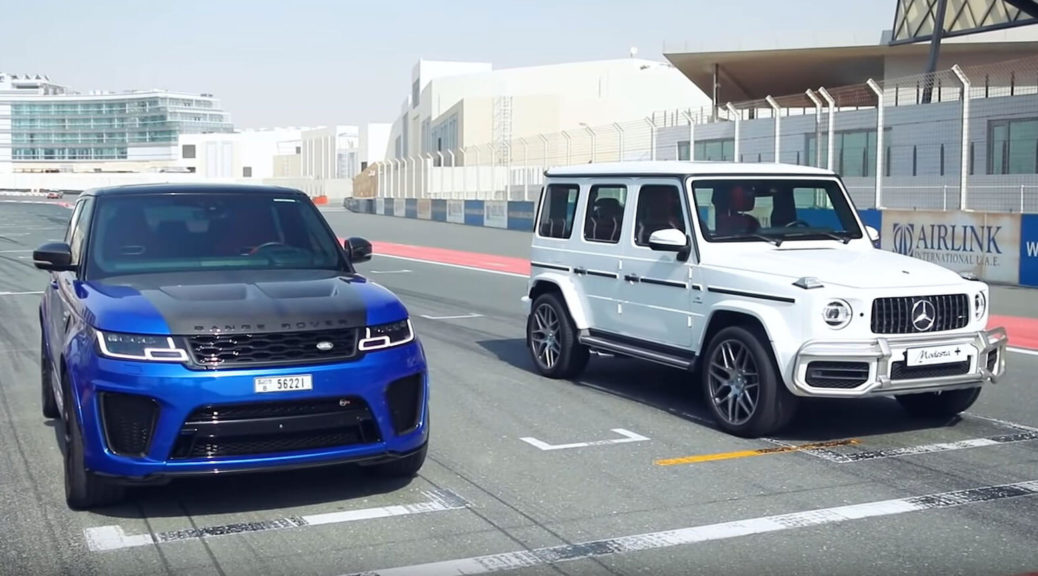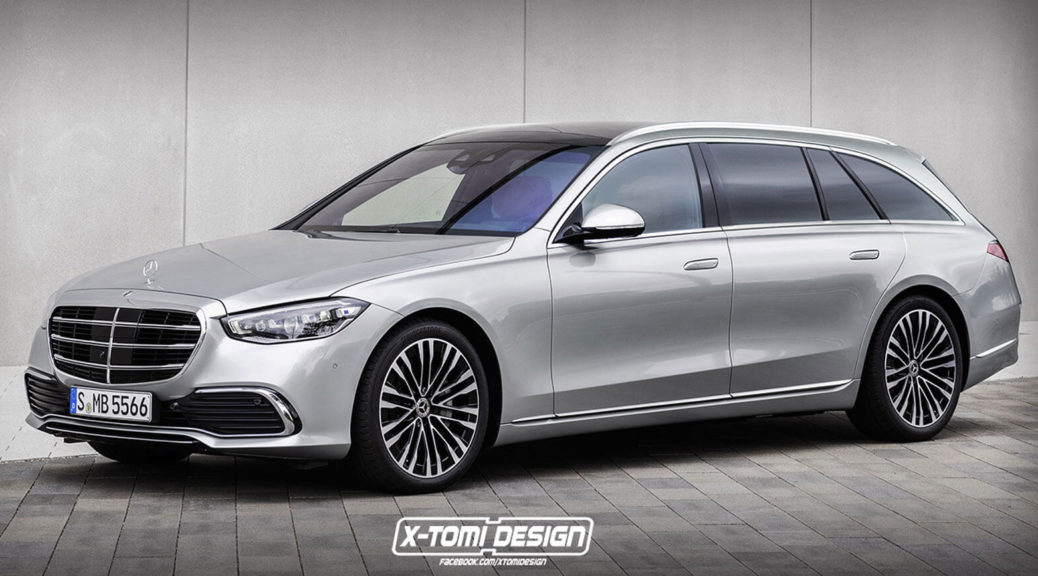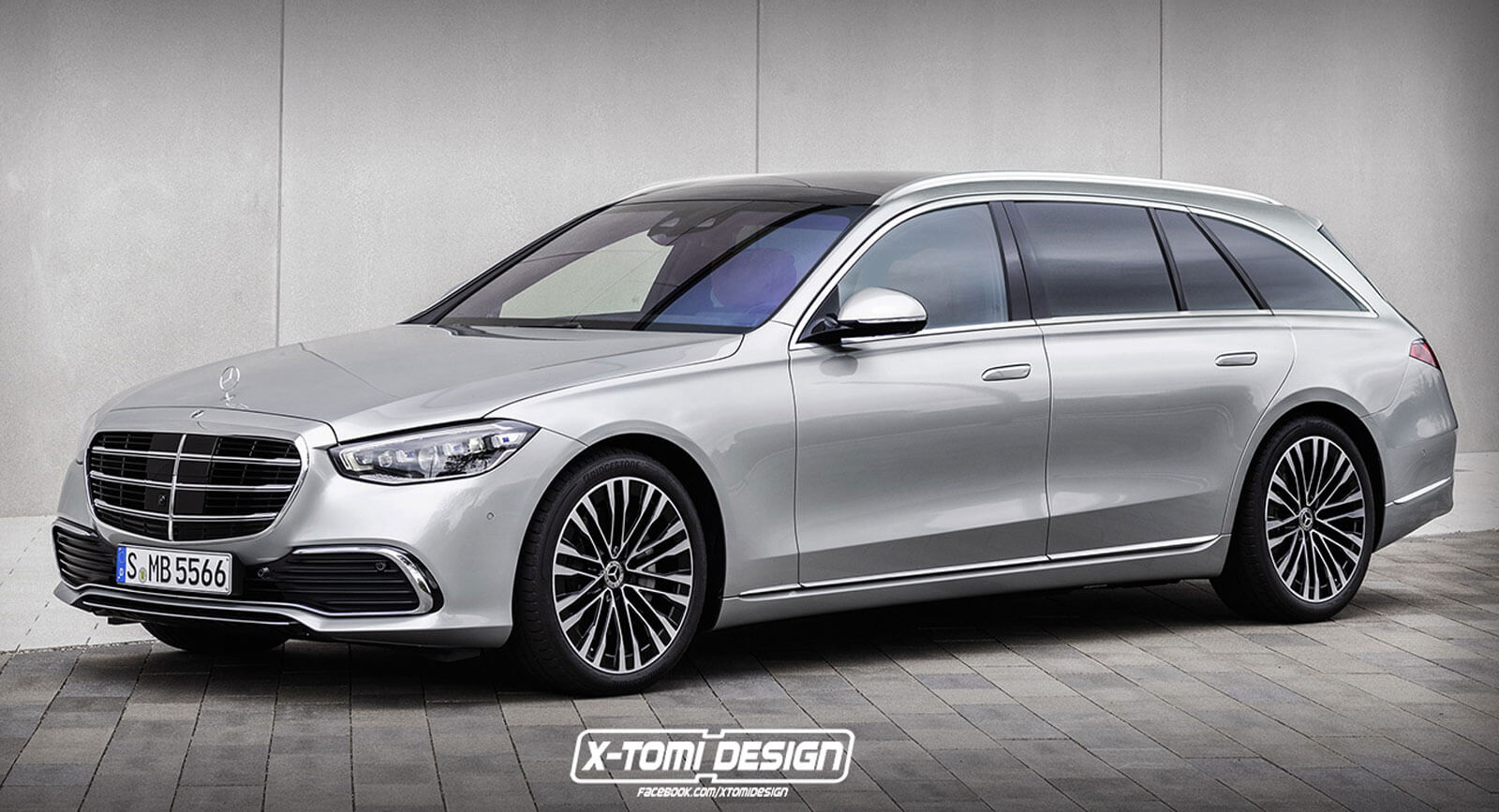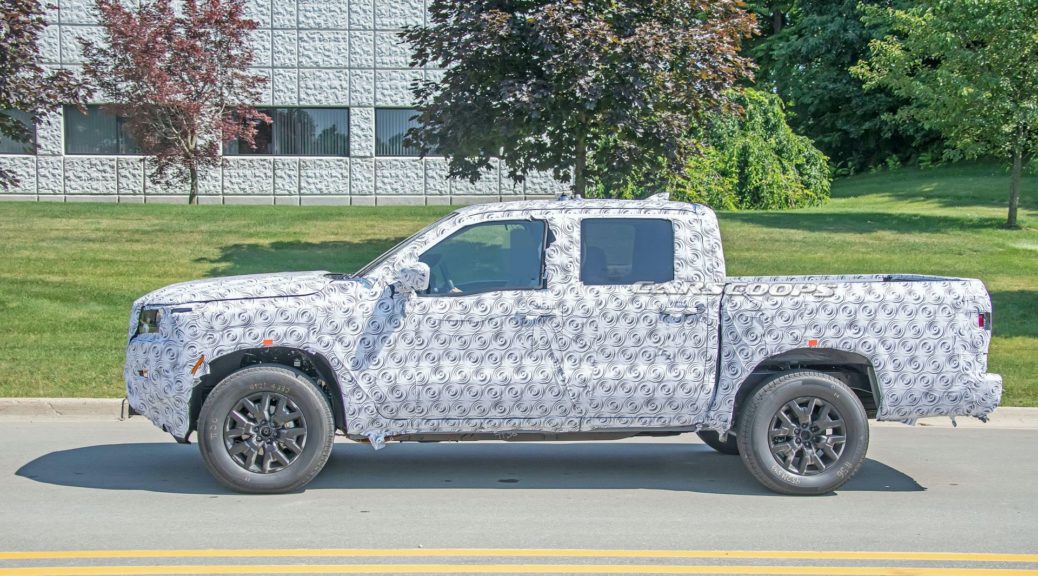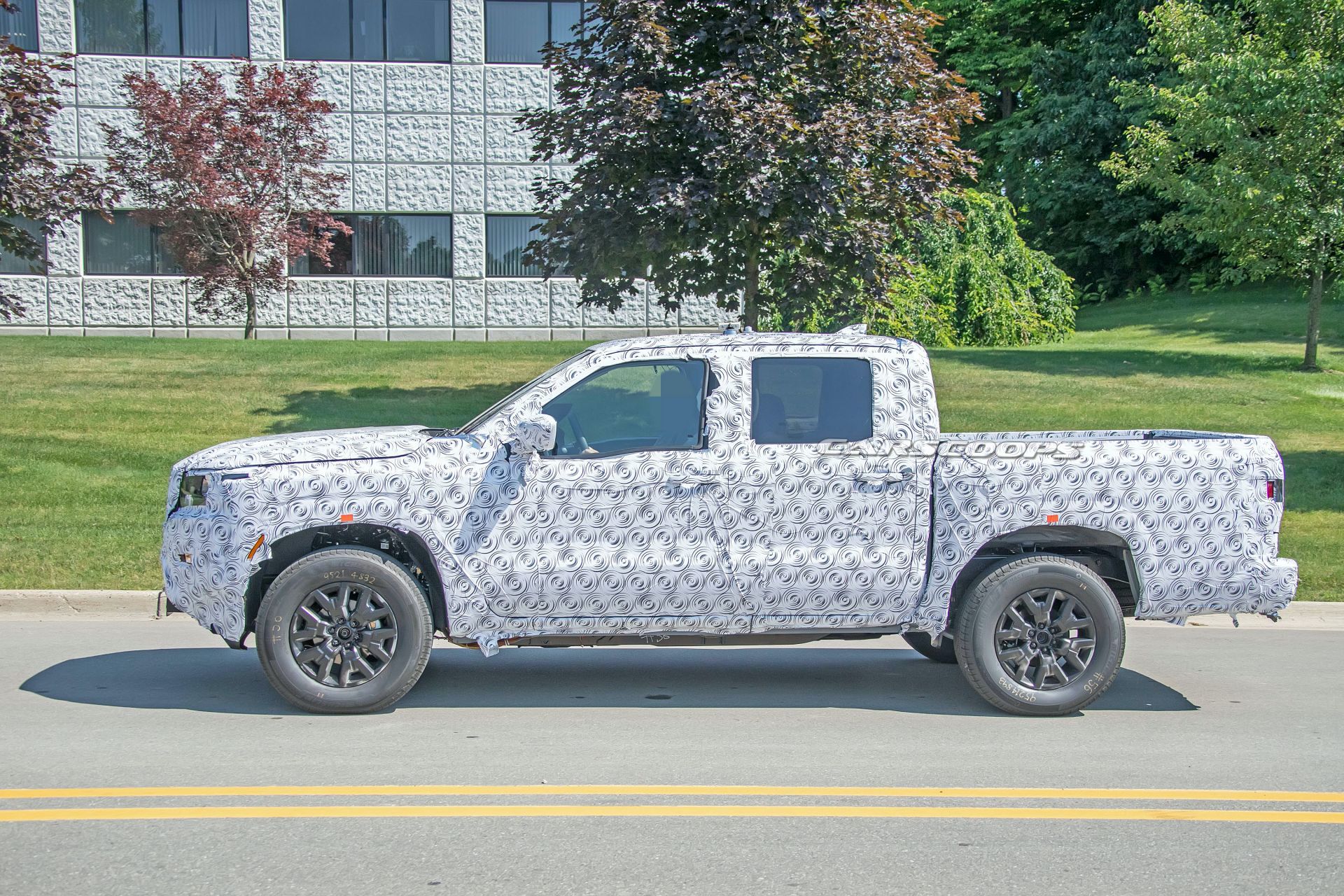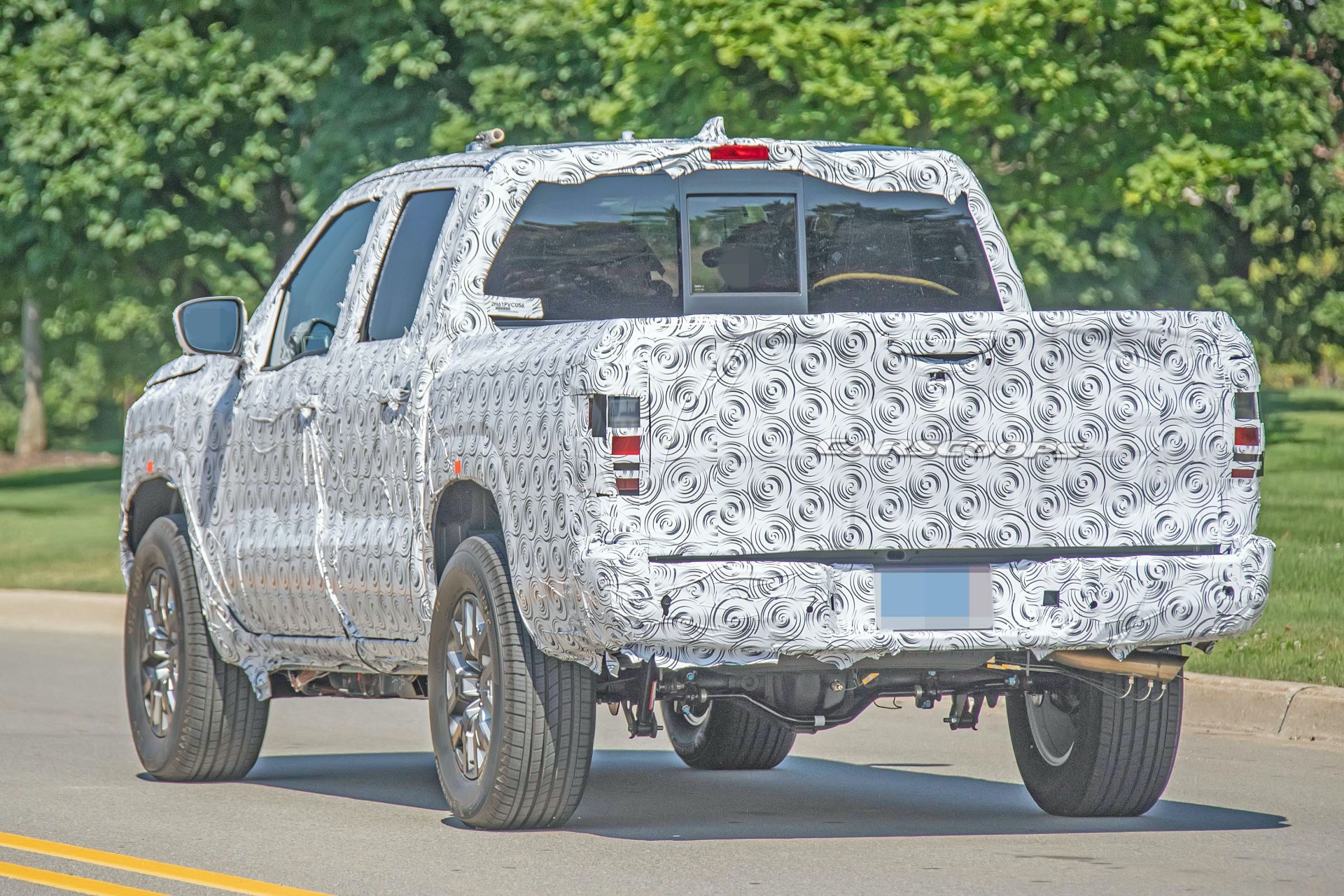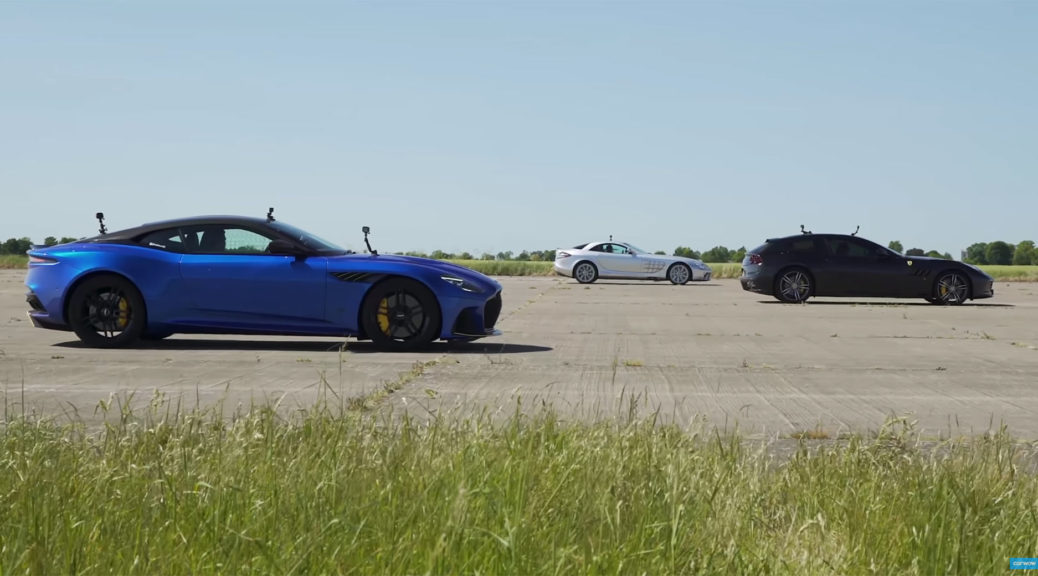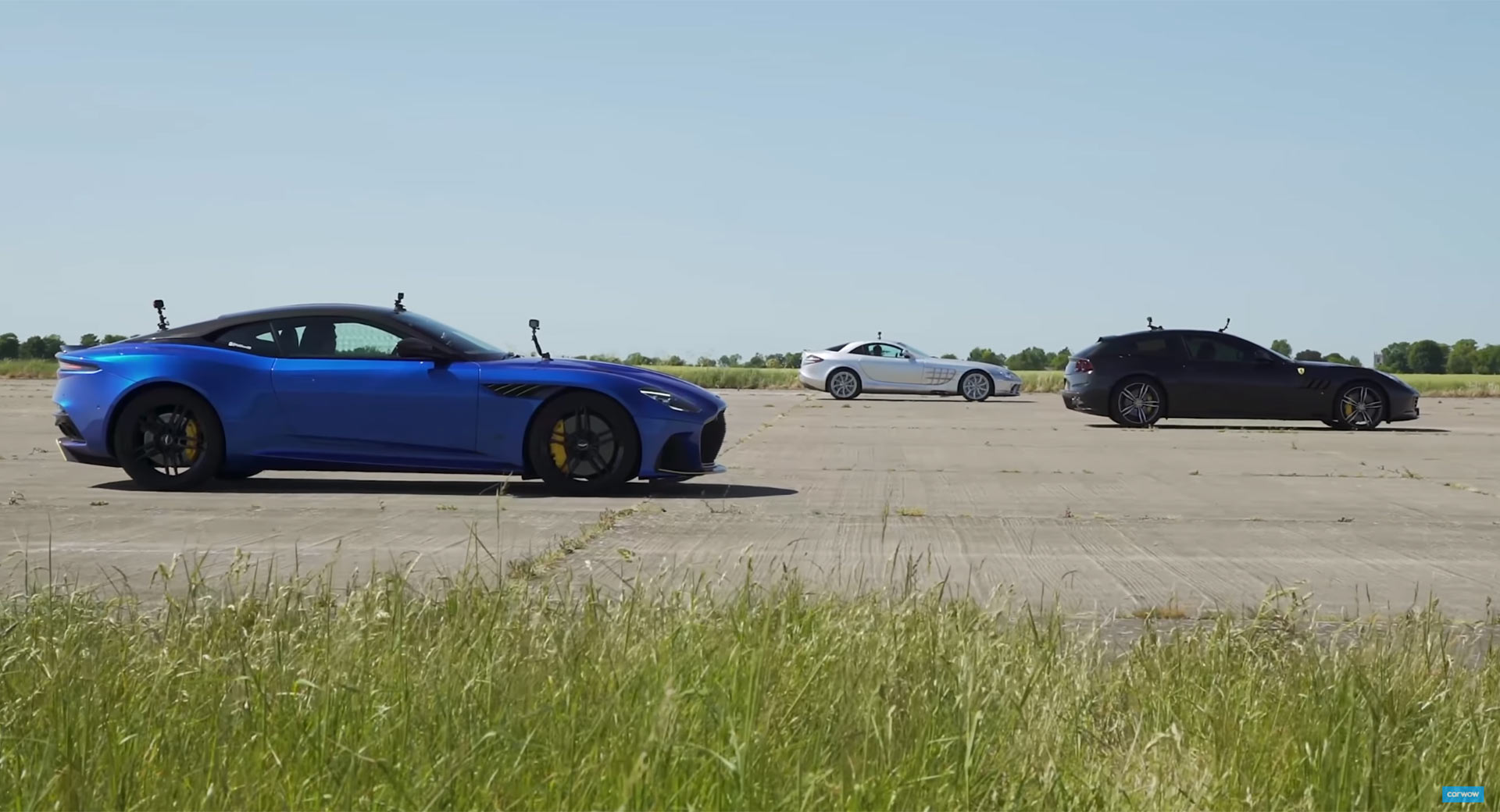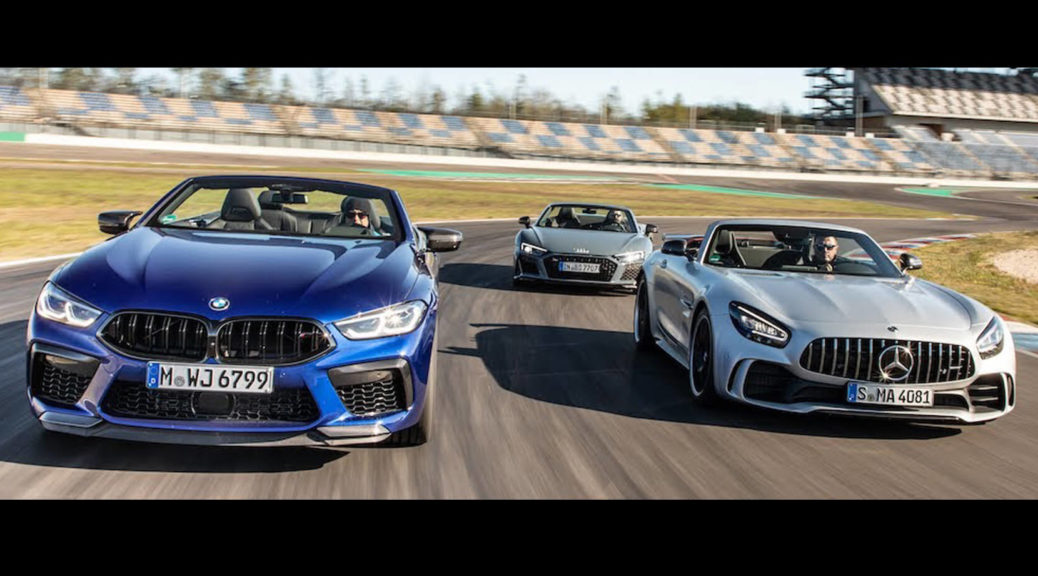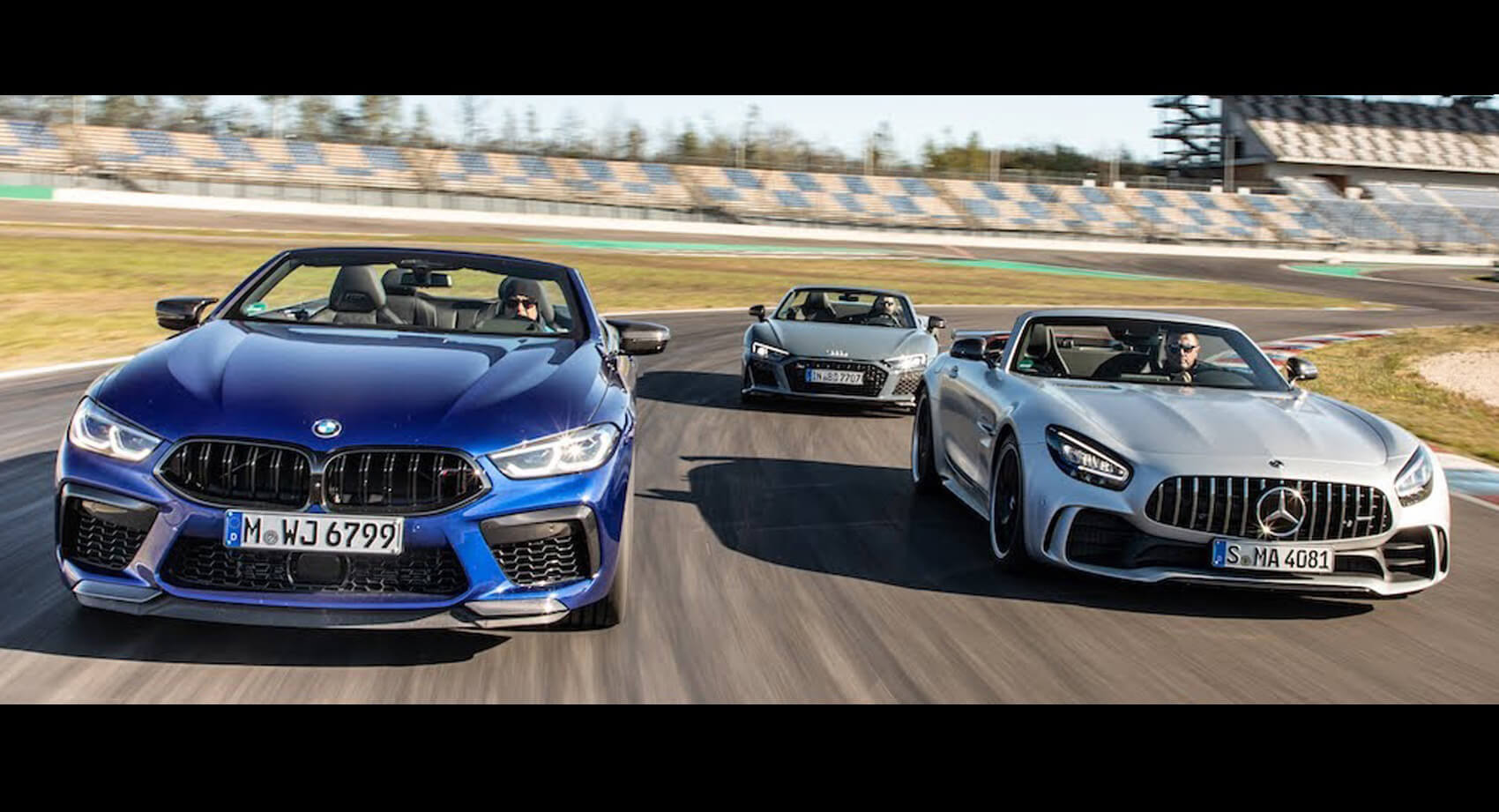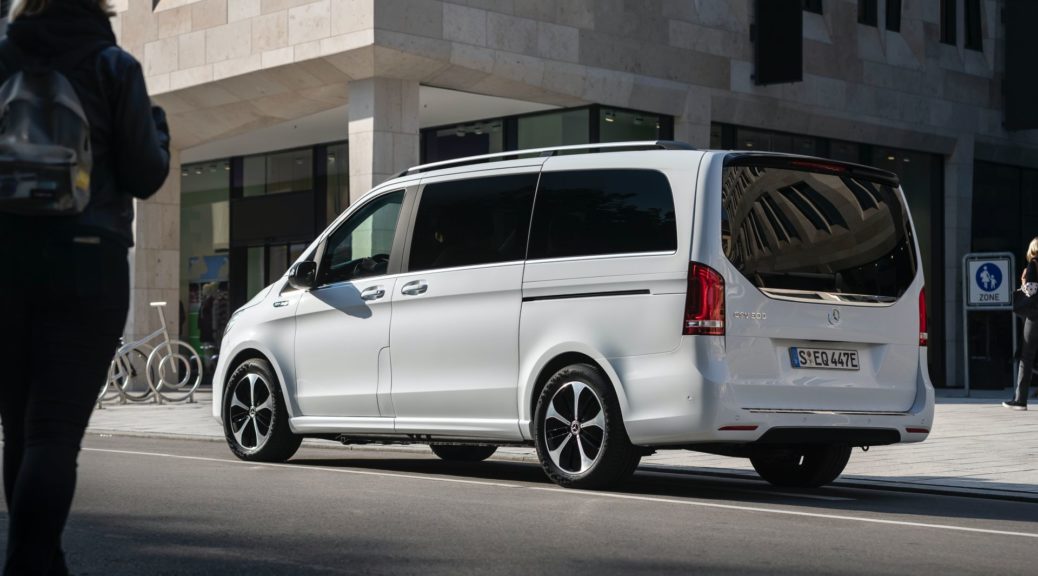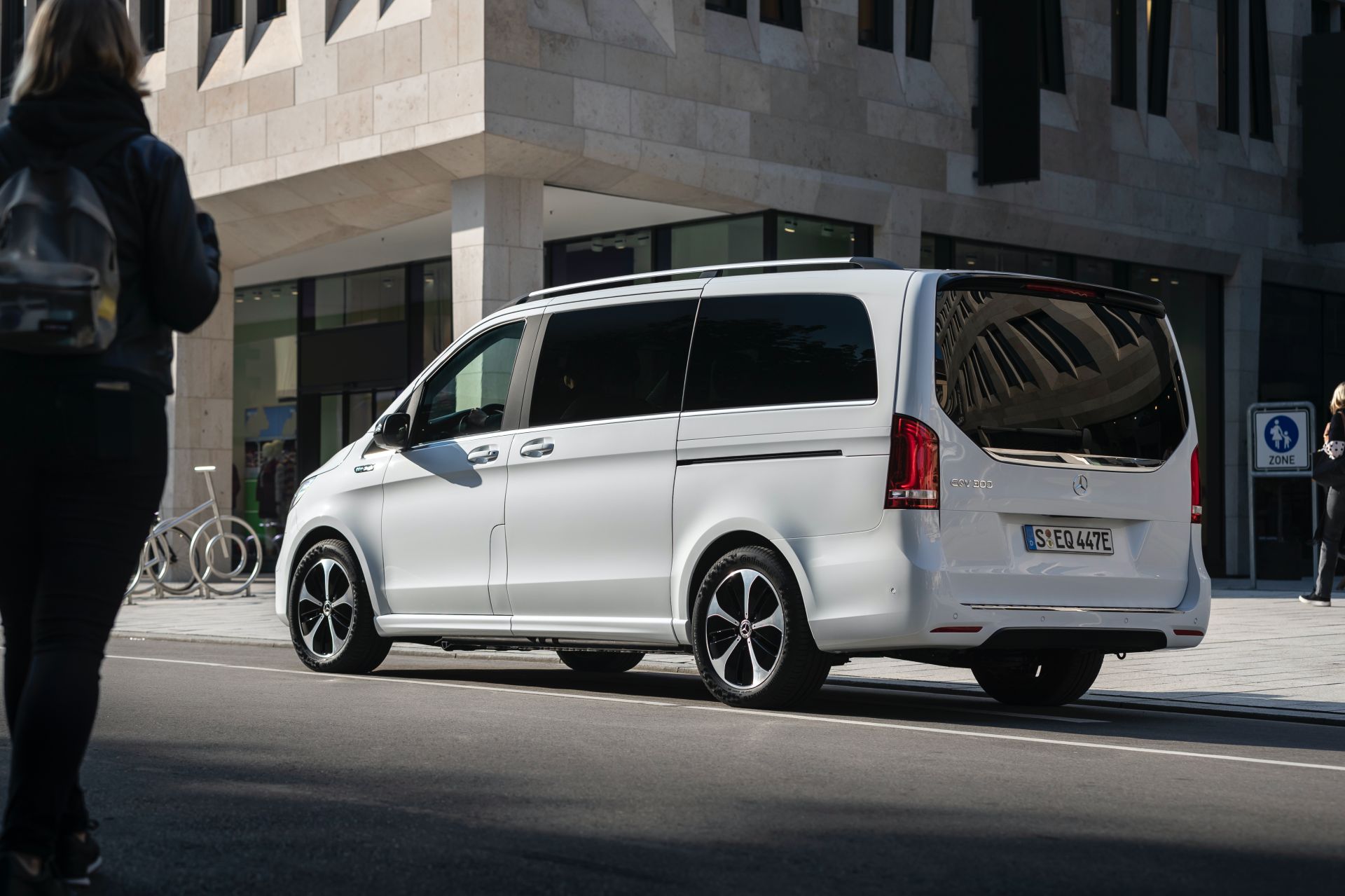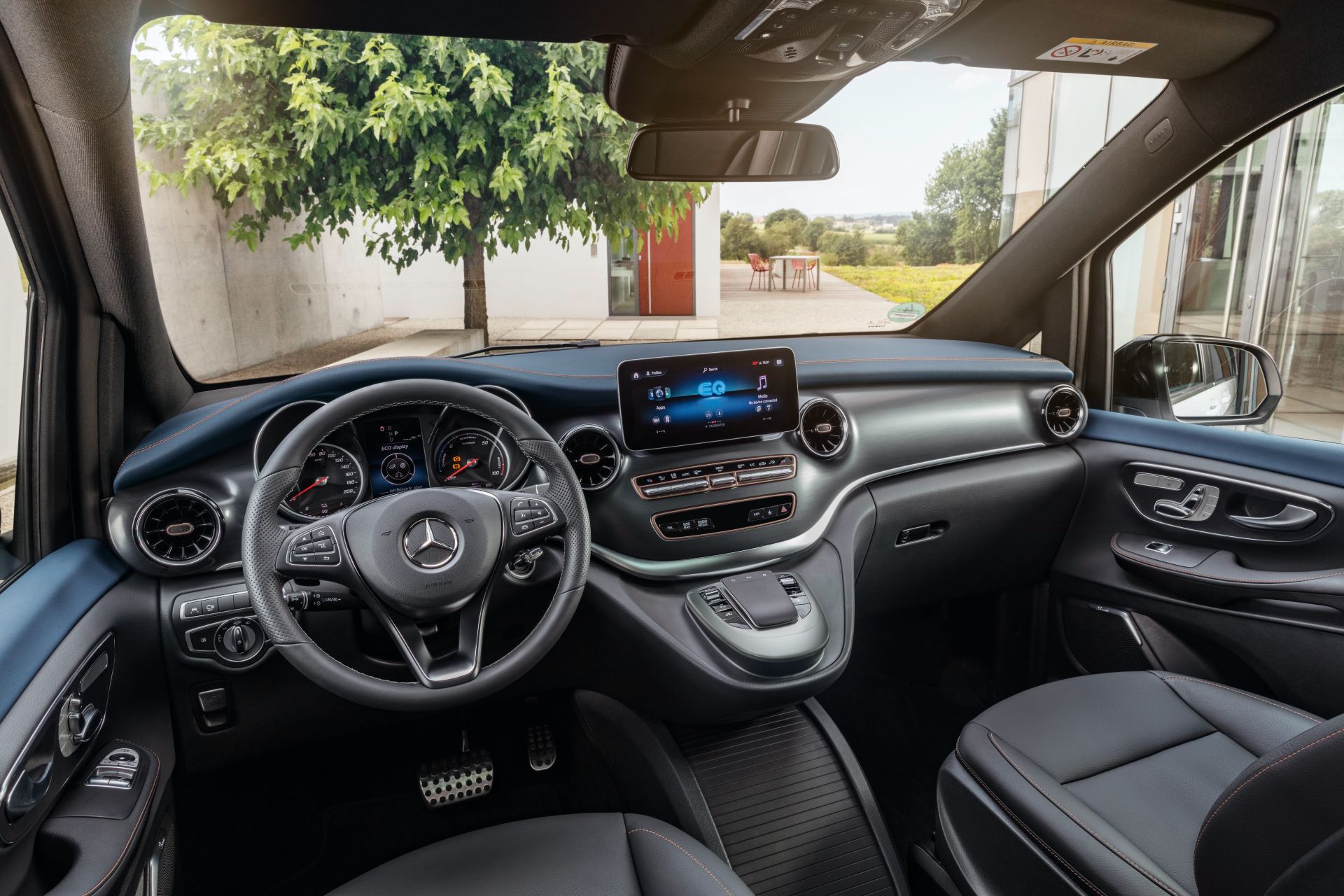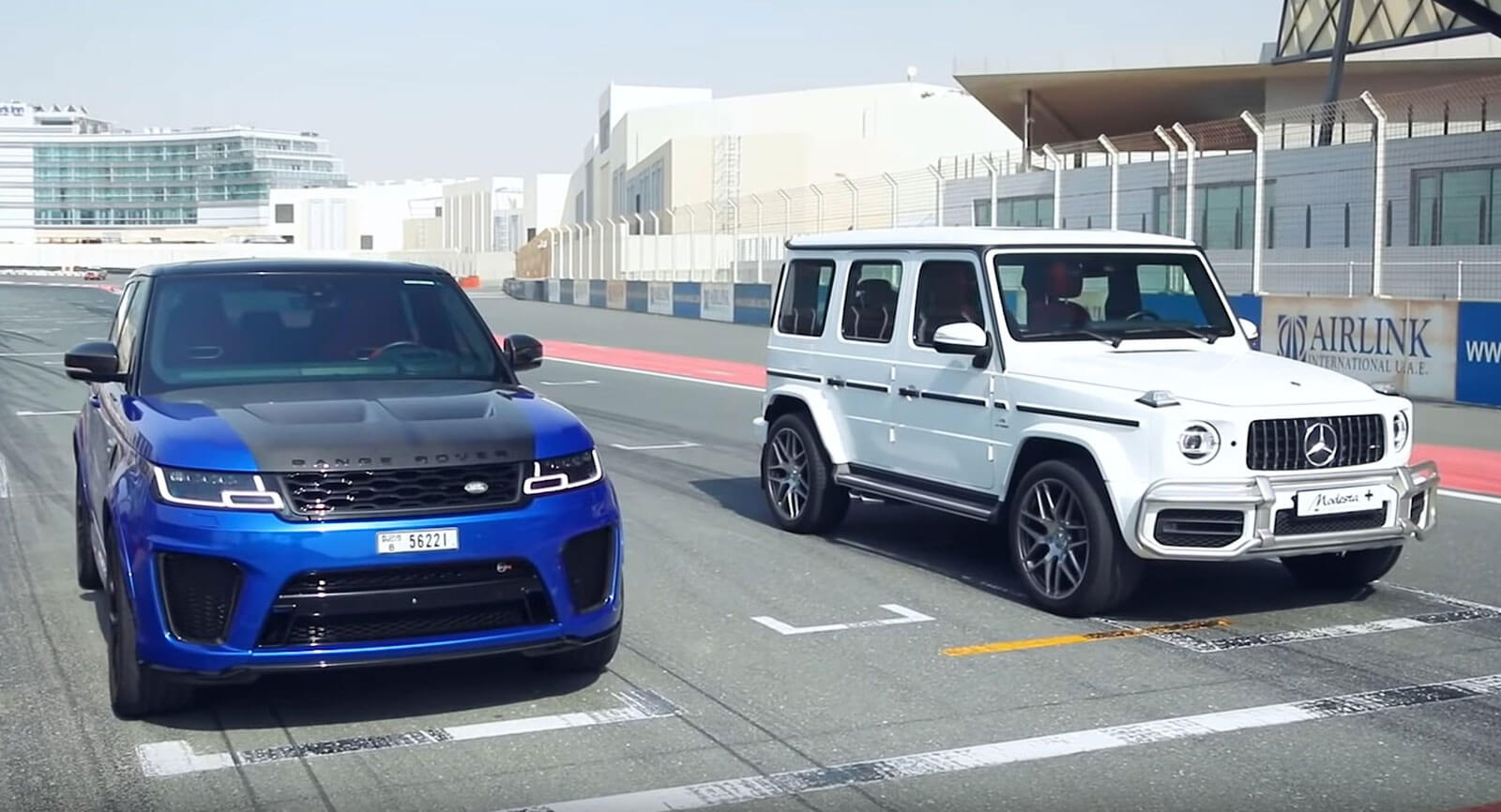
The Range Rover Sport SVR and Mercedes-AMG G63 got together again, this time in the Middle East, to show what they’re made of under the scorching sun.
Deemed as one of the most versatile vehicles out there due to its impressive straight-line performance and rock-crawling ability, the new generation G63 was driven flat out on a long straight against its challenger, the Range Rover Sport SVR, which is no slouch either.
Watch Also: Range Rover Sport SVR Has No Chance Against Mercedes-AMG G63 – Or Does It?
The 2020 model year SVR example tested by ArabGT packs a supercharged 5.0-liter V8 that produces 567 HP (575 PS / 423 kW) and 516 pound-feet (700 Nm) of torque. From nought to 62 mph (0-100 km/h) it needs 4.5 seconds, and with the throttle floored, it will eventually run out of breath at 174 mph (280 km/h).
Equally fast to 62 mph (100 km/h), but with a lower top speed of “only” 149 mph (240 km/h) with the optional AMG Driver’s Package, the range-topping variant of the new-gen G-Wagen uses a twin turbocharged 4.0-liter V8. In terms of power, we are looking at 577 HP (585 PS / 430 kW) and 627 lb-ft (849 Nm).
The balance does tilt in favor of the G63, but power figures alone don’t always tell the whole story. That said, let’s see which of the two is quicker in a straight line acceleration in the following video, which is in Arabic, but it does speak the international language of speed and fun on four wheels. The action begins at the 2:10 mark, so you know the drill.
[embedded content]

